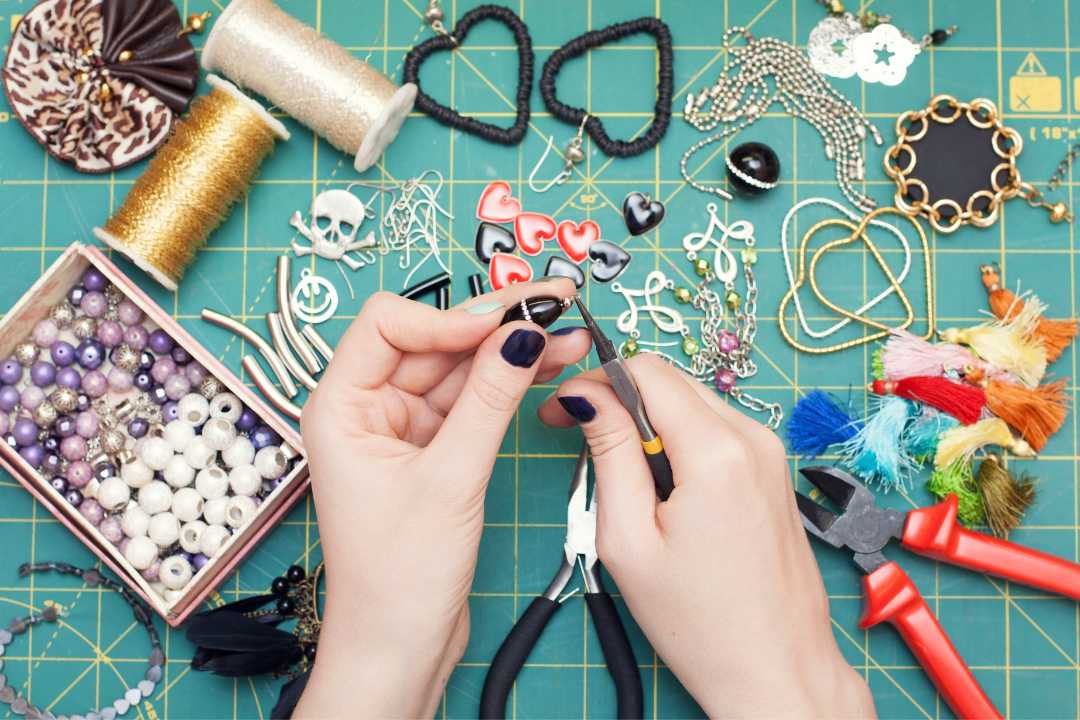Hoarding is a complex issue that can have a major impact on someone’s life. But there is help available – you don’t have to face it alone. In this article, we will explain what hoarding is, why people struggle with it, and how to get assistance. We’ll cover the warning signs, treatment options, and useful resources like Transitions Companies that specialize in hoarding cleanup.
What is Hoarding Disorder?
Hoarding disorder involves struggling to get rid of possessions that most people would consider useless or of little value. People with this condition have great difficulty discarding or parting with items, even things that have no real use or purpose.
As a result, their homes become cluttered and filled with stuff, making it hard to use rooms properly. Stacks of old newspapers, magazines, junk mail, and other paper goods are common. But hoarding can involve accumulating just about anything – clothes, dishes, toys, trash, you name it.
Why Do People Hoard?
There’s no single cause, but some factors that can contribute to hoarding include:
- Brain functionality: Hoarding may involve problems with decision-making, organization, emotional attachment to items, and more.
- Stressful life events: Major life transitions like divorce, job loss, or the death of a loved one can sometimes trigger hoarding behavior.
- Beliefs about possessions: Some who hoard feel they can’t throw anything away due to perceived need or the likelihood they’ll use it again.
- Emotional attachments: Those with the disorder often attach emotional value to possessions, no matter how seemingly useless.
- Family history: Hoarding tendencies can run in families, so there may be a genetic component.
Warning Signs of a Hoarding Problem
How can you tell if you or a loved one is hoarding at a problematic level? Some key red flags include:
- Disorganized piles and stacks of stuff everywhere, with no sense of order.
- Inability to discard items that have no real value or use.
- Keeping far more possessions than can reasonably fit in the home.
- Living spaces are no longer able to be used for their intended purposes.
- Experiencing distress, anxiety, or other negative feelings related to parting with items.
- Strained family relationships or avoiding having guests due to the clutter.
Treatment Options for Hoarding
While hoarding can seem like a hopeless situation, the good news is that it’s a very treatable disorder. The most effective approach usually involves a combination of professional therapy and hands-on organizing/cleaning assistance.
Therapy
Cognitive Behavioral Therapy (CBT) is considered the gold standard treatment for hoarding disorder. CBT aims to change the thoughts and behaviors surrounding acquiring and discarding possessions. Therapists work to build motivation, improve decision-making skills, and reduce emotional attachment to belongings.
Medication may also be prescribed in some cases, such as for co-occurring depression, anxiety, or OCD.
Cleaning/Organizing Assistance
Due to the sheer volume of clutter and difficulty discarding items, those with hoarding issues almost always need hands-on help to clear living spaces. Specialized hoarding cleanup companies like Transitions Companies provide these services.
Professional organizers and cleaning crews are trained to work sensitively with hoarders. Their approach involves systematically sorting, deciding what to keep or toss, and responsibly disposing of or donating unneeded items.
This process provides much-needed support for extremely difficult decluttering tasks. Hoarders get encouragement while a team does the exhausting physical labor.
Having an outside support system is often key, as loved ones can unintentionally trigger anxiety or make the situation worse.
Why Seek Help for Hoarding?
Left unchecked, serious hoarding causes all sorts of problems in someone’s life, including:
- Fire hazards from blocked exits and piles of flammable clutter.
- Health risks like mold, insects, rodents, and reduced air quality.
- Potential eviction or condemned homes due to violations of safety codes.
- Inability to use kitchens, bathrooms, and living spaces properly.
- Social isolation and damaged relationships with family/friends.
- Anxiety, stress, and other emotional distress.
Hoarding Resources and Services
If you think you or a loved one may have a hoarding disorder, there are lots of valuable resources to turn to:
Mental Health Professionals: A therapist, psychologist, or other mental health provider can properly diagnose hoarding disorder and provide CBT or other evidence-based treatment. Look for those experienced in treating hoarding and anxiety disorders.
Hoarding Task Forces: Many cities and counties have hoarding task forces or public services that step in for severe cases. They can conduct wellness checks, work with homeowners to clear safely and connect people to community resources.
Hoarding Support Groups: Attending a hoarding support group, either locally or online, provides encouragement and advice. Others in the group understand the struggle, which can be comforting and helpful. It combats the isolation and shame that often comes with hoarding.
Specialized Cleaning Services: Look for companies like Transitions Companies. They have dedicated hoarding services and crews specially trained to handle these challenging situations. They use a compassionate, patient approach to decluttering homes.
Some companies even offer skills coaching after homes are decluttered, so new transition life Styles and habits can be formed and maintained.
Tips for Coping with Hoarding
In addition to seeking professional help, there are some strategies you can employ to cope with hoarding tendencies:
- Tackle one area or room at a time, rather than trying to declutter your entire living space all at once. This can help prevent feeling overwhelmed.
- Remind yourself that it’s okay to let go of items, even if they’re not broken or damaged.
- Take a moment to pause and reflect on your emotions when you feel the urge to acquire or hold onto something unnecessarily.
- Every item you successfully let go of is a step in the right direction. Celebrate these milestones and use them as motivation to keep going.
- Lean on your loved ones, therapist, or support group for encouragement and accountability throughout your decluttering journey.
- Remember, hoarding is a complex issue, and recovery is a process. Be patient with yourself, and don’t hesitate to seek professional help when needed.
Conclusion
If you’re struggling with hoarding, know that you’re not alone, and there are resources available to help you. Life Cycle Transitions is the premier company ofTransitions Home Health Houston. We provide top-notch services with a team that’s always ready to help. Our staff cares about you and is here to guide you through tough times with kindness and skill.
FAQs
Can hoarding disorder develop at any age?
Hoarding disorder can develop at any stage of life, but it often becomes more problematic in adulthood. However, early intervention and treatment can help manage symptoms and prevent the escalation of hoarding behaviors over time.
Are there cultural differences in attitudes towards hoarding?
Yes, cultural attitudes towards hoarding can vary, influencing how individuals perceive and respond to hoarding behaviors. Some cultures may have more tolerance or acceptance of clutter, while others may view hoarding as a sign of mental illness or social stigma.
Can hoarding behaviors be inherited?
There is evidence to suggest that hoarding tendencies can run in families, indicating a potential genetic component. However, environmental factors and learned behaviors also play significant roles in the development of hoarding disorder.
Related article: theinfluencerz






